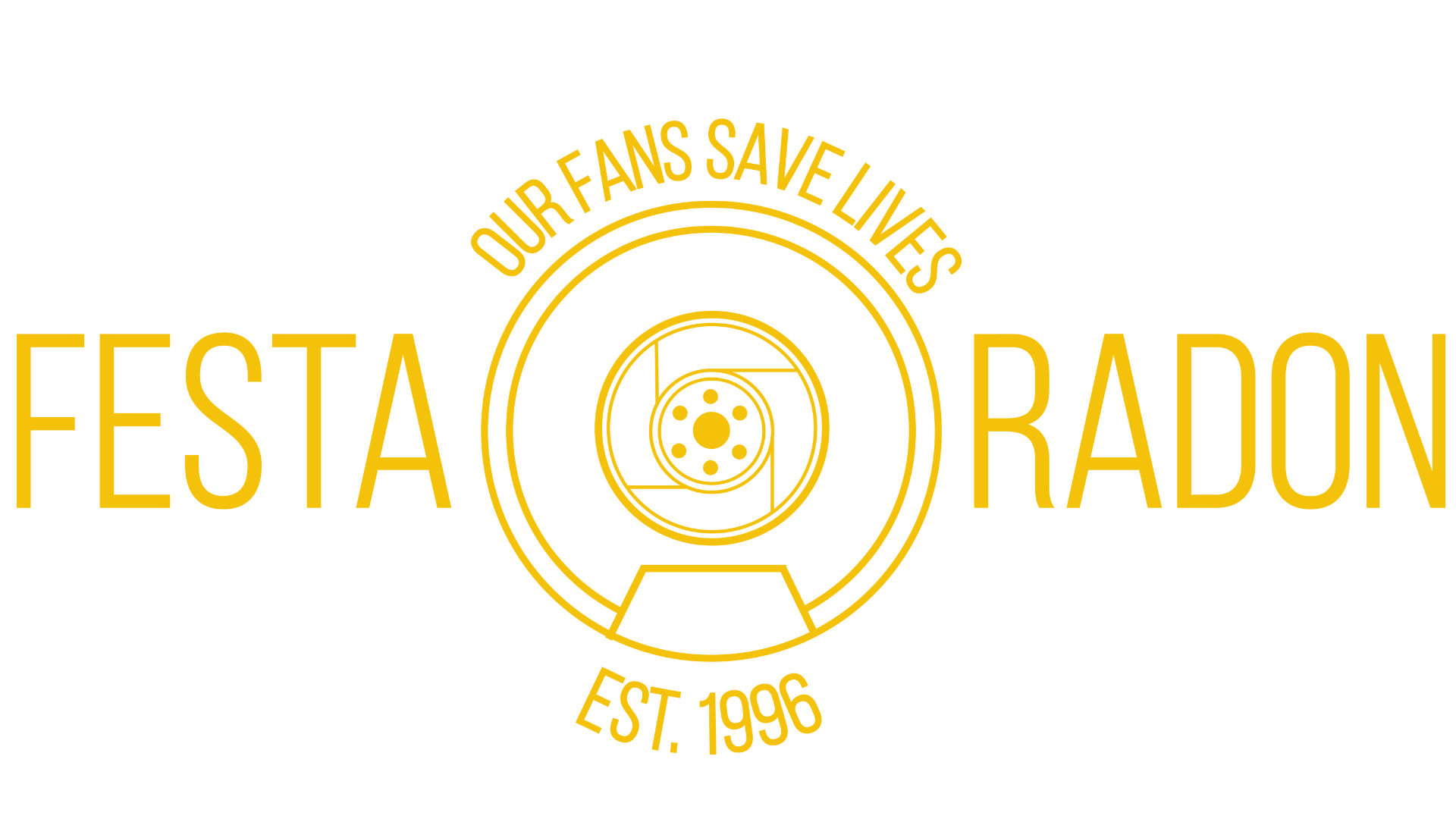
The Silent Killer–Radon!
Radon Gas
The Silent Killer
Your home should be a safe haven, but there is a common environmental danger in many homes. Did you know radon gas is the second leading cause of lung cancer with nearly 21,000 deaths per year? Find out what this odorless, colorless, natural-occurring gas is, where it comes from, the dangers, how to detect it, and how to mitigate it from your home or business.
What is Radon Gas?
Radon is a radioactive byproduct of the naturally occurring elements uranium, thorium, and radium. It is heavy, colorless, odorless, and tasteless. And it naturally resides in Earth’s soil worldwide. Radon has a half-life of 3.8 days, but uranium and thorium have half-lives lasting for several billion years. So, even though radon has a short half-life from radium, radon from other elements remains present for thousands of years. However, there is another danger. When radon decays it creates radon progeny–solid, radioactive particles. These microscopic solids can attach to dust and other particles in the air. But there is hope. Radon gas and radon progeny are completely removable from your home or business.
Radon in Homes
Radon gas is released from rocks and soil. As a gas, it moves through air, groundwater, and surface water. Radon seeps into homes through foundation cracks and microscopic holes. It settles in basements and crawl spaces and cannot rise due to its heavy atomic weight. Thus, no home or business is radon proof. However, with radon-specific fans, the harmful gas can be removed, buildup prevented, and people kept safe. Click here to view our fans.
What are the Health Risks of Radon?
Radon is radioactive and mutates cells and DNA in humans. It is the second leading cause of lung cancer, second only to smoking. Radon is responsible for more than 21,000 deaths every year. The Environmental Protection Agency (EPA) recommends people mitigate or take action when levels reach 4 pCi/L, an amount equal to smoking 8 cigarettes a day.
- Individuals with chronic health conditions are more susceptible to the consequences of radon
- Children are more susceptible because they breathe faster, and their cells replicate quickly
- Radon can be absorbed through the skin into the bloodstream
- High indoor radon levels cause mutations in oral epithelial cells
How Do You Get Rid of Radon?
The EPA recommends testing your home every two years even with a radon mitigation system. Depending on the levels assessed and reported, you may need to install a mitigation fan. Mitigation simply means to reduce or lessen the severity of something. Mitigating radon from your home is not a one-time solution. Remember, radon naturally occurs and is always collecting. Thus, you need a device that will constantly remove the heavy gas. To order your test kit today, click here.
Let Festa Radon Help!
At Festa Radon, we have been providing industry-wide top-quality products and services since 1999. If you need mitigation, let us help. We have the most extensive list of quality-assured, licensed radon mitigation professionals nationwide. Click here to find a professional near you. Or order your kit today and live with peace of mind that you and your loved ones are safe from radon.





